The Red Berries Market is currently characterized by a dynamic competitive landscape, driven by increasing consumer demand for healthy and organic food options. Key players such as Driscoll's (US), Ocean Spray (US), and Dole Food Company (US) are strategically positioned to leverage this trend. Driscoll's (US) focuses on innovation in breeding and sustainable farming practices, which enhances its product quality and market share. Ocean Spray (US), a cooperative of cranberry and blueberry growers, emphasizes regional expansion and product diversification, particularly in the beverage sector. Dole Food Company (US) is enhancing its operational focus on supply chain optimization and sustainability, aiming to reduce its carbon footprint while meeting consumer expectations for fresh produce. Collectively, these strategies contribute to a moderately fragmented market structure, where competition is intensifying as companies seek to differentiate themselves through quality and sustainability initiatives.
In terms of business tactics, companies are increasingly localizing manufacturing and optimizing their supply chains to enhance efficiency and responsiveness to market demands. The competitive structure of the Red Berries Market appears to be moderately fragmented, with several key players exerting influence over pricing and distribution channels. This fragmentation allows for niche players to emerge, yet the collective strength of major companies like Driscoll's (US) and Ocean Spray (US) shapes market dynamics significantly.
In August 2025, Driscoll's (US) announced a partnership with a leading technology firm to implement AI-driven analytics in its supply chain management. This strategic move is likely to enhance operational efficiency and reduce waste, aligning with the growing consumer preference for sustainability. By leveraging advanced analytics, Driscoll's (US) aims to optimize its inventory management and improve product freshness, which could provide a competitive edge in the market.
In September 2025, Ocean Spray (US) launched a new line of organic berry-based beverages, targeting health-conscious consumers. This product diversification reflects Ocean Spray's commitment to innovation and its strategy to capture a larger share of the beverage market. The introduction of these beverages not only aligns with current consumer trends but also positions Ocean Spray (US) as a leader in the organic segment, potentially increasing brand loyalty among health-focused consumers.
In July 2025, Dole Food Company (US) expanded its berry sourcing operations in South America, aiming to enhance its supply chain resilience. This strategic expansion is significant as it allows Dole to mitigate risks associated with climate change and supply disruptions. By diversifying its sourcing locations, Dole Food Company (US) is likely to ensure a steady supply of high-quality berries, which is crucial for maintaining its market position.
As of October 2025, the Red Berries Market is witnessing trends such as digitalization, sustainability, and AI integration, which are reshaping competitive dynamics. Strategic alliances among key players are becoming increasingly common, facilitating knowledge sharing and resource optimization. The competitive landscape is evolving from a focus on price-based competition to one that emphasizes innovation, technology, and supply chain reliability. Companies that can effectively leverage these trends are likely to differentiate themselves and secure a competitive advantage in the market.


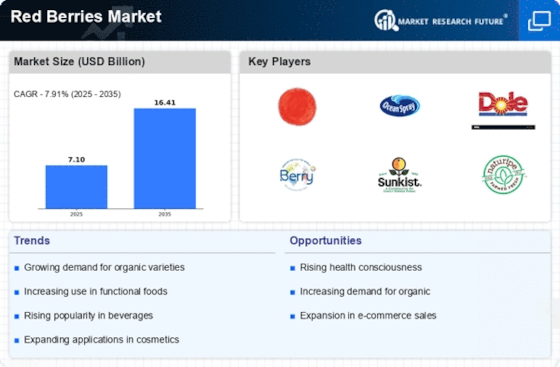
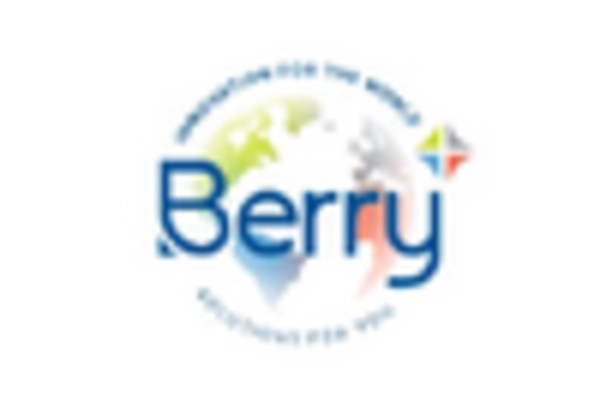
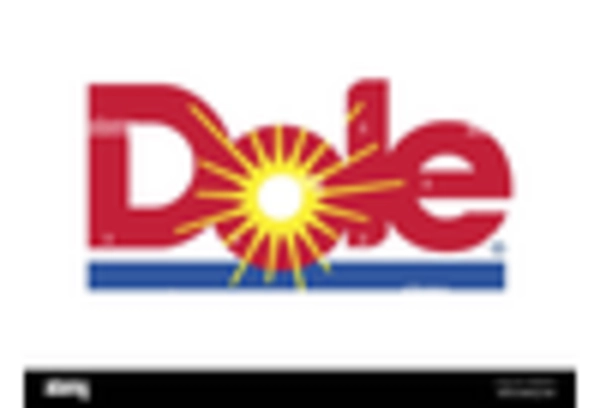
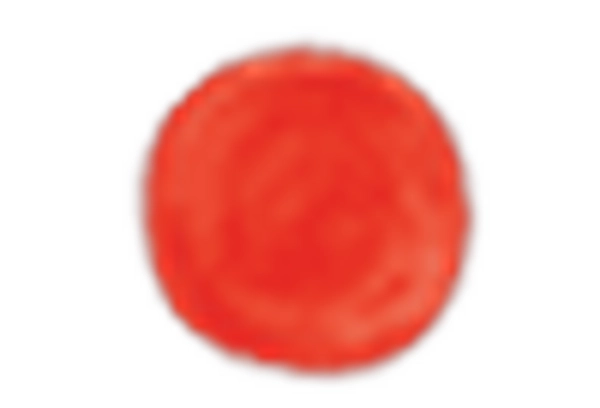
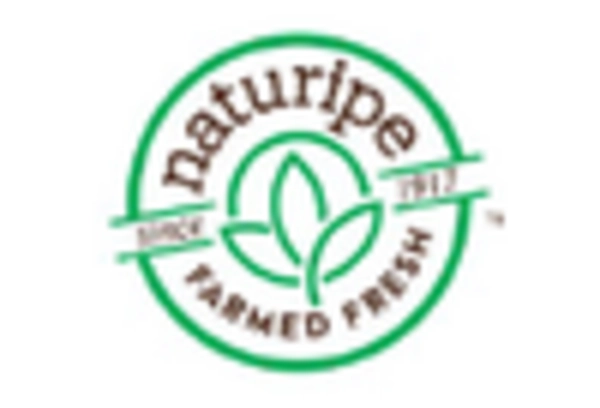

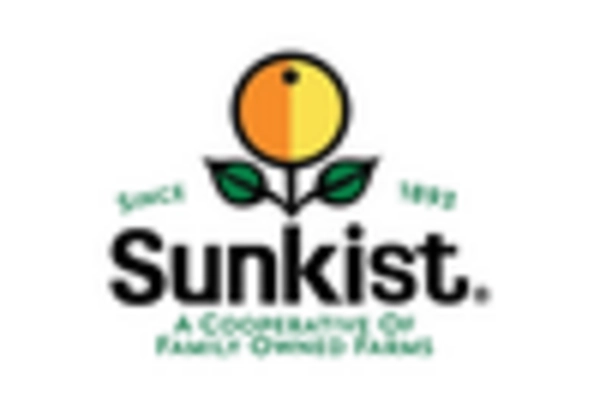








Leave a Comment